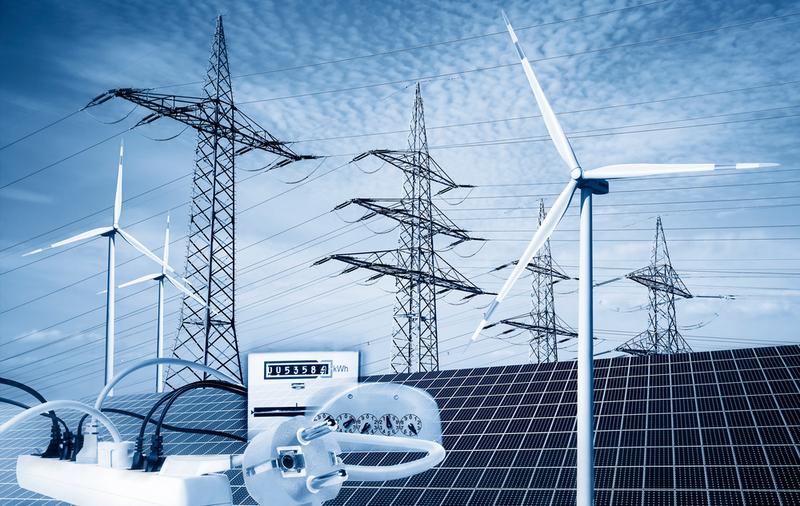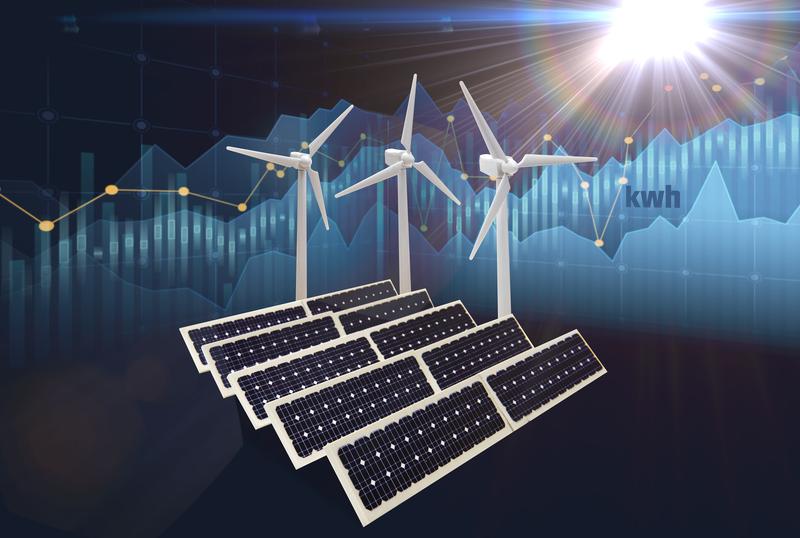Utility-scale solar: a new era in the energy transition
Indeed, the utility-scale solar sector is undergoing a global revolution driven by technology and increased concern for the environment. Before the pressing need of the world to get clean, sustainable sources of energy and harness them, large-scale solar energy has emerged to make a strong thrust on remodeling our way of generating energy and its consumption pattern. Now, let’s glance at the current trends prevailing in the utility-scale solar market.
What is utility-scale solar?
Utility-scale solar projects feature gigantic generating capacities, sometimes in the megawatts or even gigawatts range. Utility-scale solar installations require huge land areas, about 5-10 acres for every megawatt installed because of the large number of panels used in the projects. Large utility-scale solar farms can produce enough electricity to supply high-level energy needs with limited reliance on fossil fuels.
Characteristics of Utility-Scale Solar Projects
Grid Integration and Energy Distribution
A defining feature of utility-scale solar projects is that they are directly connected to the grid. The aim of this integration is to allow distributed use of the generated power efficiently by a wide range of consumers. In this way, solar power becomes part of the grid, providing renewable energy support to the grid.
Land Use and Technological Diversity
This becomes an important aspect of the project, especially when considering large chunks of land needed for the installation of solar panels. Utility-scale solar projects need to be designed and laid out in such a way that the use of land is optimized for maximum capture and conversion efficiency of solar energy. Utility-scale solar projects are made up of many technologies and components, like photovoltaic systems, concentrating solar power, and bifacial solar panels, among others, which contribute to increasing the efficiency of solar-generated power.
Cost Effectiveness and Environmental Impact
Large-scale solar projects attain their economies of scale; as such, they will often be cost-effective to own. This is so because they generate more power at reduced costs compared to smaller solar installations. Secondly, large-scale solar projects have great ecological benefits, hence complementing the negative impact of climate change through the reduction of greenhouse gas emissions while at the same time supporting access to clean energy.
Policy and Regulatory Compliance
The development and implementation of utility-scale solar projects involve observing a host of policies and regulations. Utility-scale solar projects will need the relevant permits and approvals; an environmental impact assessment must be carried out to limit their effect on the environment. The interconnection to the grid involves adherence to relevant technical and safety standards.
The Global Impact of Utility-Scale Solar
Large-scale solar projects around the world are driving the renewable energy transition. These projects, building large-scale solar power plants to feed clean energy into the grid, can significantly contribute to reducing fossil fuel combustion and lowering GHG emissions. Currently, about 3% of all electricity generated worldwide comes from large-scale solar power, a share that will continue to rise with new projects coming online.
Large-scale solar has seen phenomenal growth in recent years, considering the market size and growth momentum. It is expected to grow at an average annual rate of about 10% through 2030. This growth is a result of the decline in the cost of technologies related to solar energy, increased efficiency of photovoltaic panels, and support from governments for renewable energy policies. Large-scale solar energy development is going to play an important role in achieving global climate goals and meeting the world’s growing energy needs.
Recent technological advances in large-scale solar energy
Solar panel efficiency:
Major advances in photovoltaic materials are driving improvements in solar panel efficiency. Chalcogenide solar cells have recently gained much attention, given the significant gains in efficiency they have achieved in the lab, and they are cheaper than regular silicon cells, yet very efficient.
Development of Solar Storage Solutions:
The storage capacity of solar systems will increase with the development of solid-state and more efficient lithium-ion battery technologies, allowing for the use of solar power even during sunless hours.
Building Integrated Photovoltaics (BIPV):
BIPV technology integrates solar technology into building materials such as windows, facades, and roofs, turning the whole building into a power-generating entity. These systems are expected to be more efficient and aesthetically pleasing, thus encouraging their use in residential and commercial buildings.
These technological advances are continuing to drive down the cost of solar electricity, increasing the deployment of all solar technologies globally, and providing strong technological underpinning to climate change mitigation and transition to renewable energy.
What should I pay attention to in utility solar design?
As you design a utility-scale solar project, observe the following key points.
Power Plant Definition and Siting
Utility-scale PV power plants are defined by installed capacity, in the range of 1 MW up to 25 MW. Siting must take account of sunshine hours, altitude, shading ,and soil conditions among other concerns. In general, the higher levels of sunlight and higher altitudes are beneficial because they serve to minimize interference from the atmosphere, ensuring minimal shading within the site, and appropriateness of the soils for supporting the solar panels.
Module Configuration
This includes the angle of tilt, orientation, and spacing of modules, among others. The angle of tilt may be optimized by employing a tracker which will have panels oriented in a position so that the solar cells see more sunlight, keeping in mind the spacing between the panels to avoid shading.
Selection of Technology
Solar modules consist of three main types: mono-crystalline and poly-crystalline; thin film. Each is different, with its own advantages and disadvantages. Monocrystal silicon has high efficiency and lifetime but a high cost, while thin film has low efficiency and short lifetime but is low in cost. Bifacial module technology increases energy productivity, and the % utilized is growing each year.
Inverter: It converts DC into AC, with the selection considering efficiency; there are types, such as centralized and string inverters, each with its characteristics.
Installation structure: Tracker, fixed structure, and east-west installation are included. It shall be selected according to the project’s demand and consider the structure location for optimization.
Utility-scale solar has turned into the centerpiece of change with the continuous advance of the global energy transition. It is against this backdrop that HuiJue Group, as a high-tech service manufacturer integrating intelligent network communication equipment and energy storage systems, has been playing a very important role in the area of solar energy with advanced technologies and innovative solutions.
FAQs
Is there a power outage in Paris right now?
As of the latest reports, Paris is not currently experiencing any widespread power outages. A recent outage on July 27, 2024, affected parts of the city but was resolved within minutes.
What caused the Paris power outage in 2024?
The July 2024 outage was caused by a technical anomaly in the grid, impacting around 85,000 customers across four districts of Paris.
How can solar energy help during a power outage?
Solar systems with battery storage can provide backup power during outages, ensuring uninterrupted electricity for homes and businesses.



